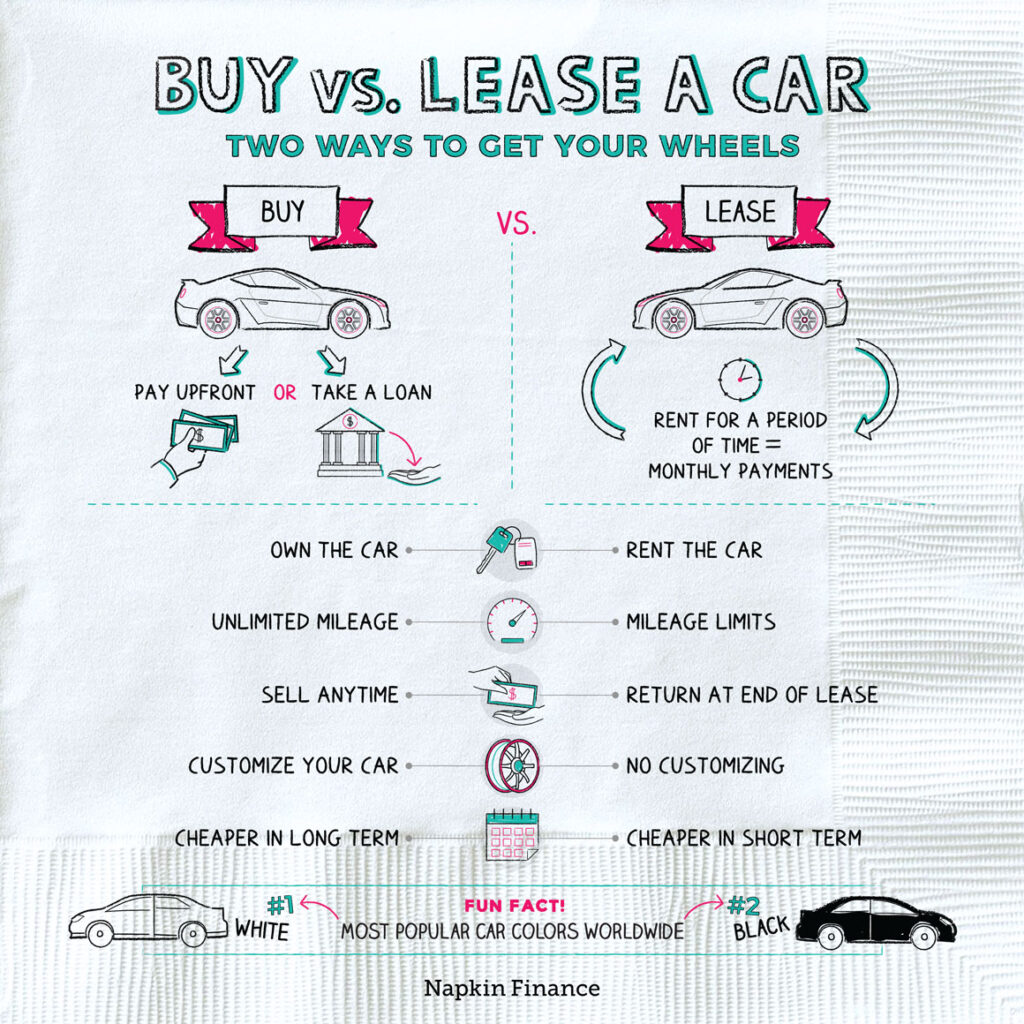Lease or Buy a New Car can be an exhilarating experience, but the plethora of options can also induce overwhelming feelings. From deciding between leasing and buying to choosing the right make and model within your budget, it’s essential to approach the process systematically. Here’s a comprehensive guide to help you navigate through each step smoothly:
Step 1: Determine Your Budget
Before delving into car models, it’s crucial to establish a clear budget. Consider not only the upfront cost of the vehicle but also additional expenses such as insurance, taxes, and maintenance. Having a budget in mind will guide your search and ensure financial feasibility.
Tesla recalls 2.2 million U.S. cars for warning light issue
Step 2: Research Your Options to Lease or Buy a New Car
With your budget defined, embark on thorough research to explore various car models that align with your lifestyle and preferences. Assess whether you require ample cargo space, prioritize fuel efficiency, or seek a sporty driving experience. Reading reviews and comparing prices will aid in narrowing down your options effectively.
Step 3: Decide Whether to Lease or Buy
Deciding whether to lease or buy a new car presents a challenging decision for many individuals. Each option boasts distinct advantages and disadvantages, with the optimal choice hinging on your unique needs and preferences. This comprehensive guide aims to dissect the pros and cons of leasing versus buying a car to empower you in making an informed decision.

Leasing a Car
Leasing a car entails paying a monthly fee for the privilege of utilizing the vehicle for a specified duration, typically spanning two to three years. Upon lease termination, the car is returned to the dealership, concluding the lease agreement. Let’s delve into the advantages and disadvantages of leasing:
Advantages: Lease or Buy a New Car
- Lower Monthly Payments: Lease payments tend to be lower than loan payments, facilitating affordability for potentially pricier vehicles.
- Access to New Cars: Leasing allows driving a new car every few years, ensuring access to the latest technological advancements and features.
- Minimal Down Payment: In many instances, leasing mandates minimal to no down payment, rendering it an attractive option for individuals with limited upfront cash.
Disadvantages: Lease or Buy a New Car
- Mileage Restrictions: Most lease agreements impose mileage limitations, surpassing which may incur additional fees.
- Non-Ownership: Leasing means relinquishing ownership rights, necessitating the return of the vehicle at the lease term’s conclusion.
- Maintenance Responsibilities: Lessees bear the responsibility of maintaining the vehicle in optimal condition, with any damages or excessive wear incurring additional costs.
Buying a Car
Buying a car involves securing a loan to purchase the vehicle, typically spanning a repayment period of five to six years. Upon loan repayment completion, full ownership of the car is attained. Let’s assess the advantages and disadvantages of buying:
Advantages: Lease or Buy a New Car
- Absolute Ownership: Purchasing a car grants full ownership rights, enabling customization and modification according to personal preferences.
- No Mileage Constraints: Owners enjoy unrestricted mileage usage, alleviating concerns regarding mileage limitations.
- Investment Potential: A car constitutes an investment, affording the option to sell or trade it in for a new one upon loan repayment.
Disadvantages: Lease or Buy a New Car
- Higher Monthly Payments: Loan repayments typically surpass lease payments, posing challenges in affording higher-priced vehicles.
- Depreciation Burden: Cars depreciate over time, and ownership entails bearing the responsibility for depreciation costs.
- Maintenance Expenses: Owners are accountable for the vehicle’s upkeep, with potential repair and maintenance costs proving financially burdensome.
In conclusion, the decision to lease or buy a new car demands careful consideration of your financial circumstances, lifestyle preferences, and long-term goals. By weighing the advantages and disadvantages outlined in this guide, you can navigate the selection process with confidence, ensuring the optimal choice aligns with your needs and aspirations.
All of Volkswagen’s new cars are set to be hybrids
Step 4: Test Drive Your Top Picks
Once you’ve shortlisted potential candidates, you must hit the road for test drives. This hands-on experience provides invaluable insights into how each car performs and whether it suits your driving preferences. Utilize this opportunity to ask questions and thoroughly assess the vehicle’s suitability.
Step 5: Negotiate the Price
Having identified the desired car, enter into negotiations regarding the purchase or lease price. Conduct thorough research beforehand to understand the market value and ensure you’re getting a fair deal. Don’t hesitate to negotiate or walk away if the terms don’t align with your expectations.

Step 6: Finalize the Deal
After reaching a mutually acceptable price, proceed to finalize the deal. Scrutinize all paperwork meticulously, ensuring a clear comprehension of the lease or purchase agreement. Seek clarification on any ambiguous terms or clauses before signing on the dotted line.
Step 7: Enjoy Your New Car
Congratulations on your new acquisition! Embrace the excitement of owning or leasing a new car. Remember to adhere to regular maintenance schedules to preserve its longevity and revel in the newfound freedom it offers on the open road.

Conclusion – Lease or Buy a New Car
While buying or leasing a new car may seem daunting, following these steps will streamline the process and lead you to the perfect vehicle. From establishing your budget to enjoying your new ride, each step plays a crucial role in ensuring a satisfying and rewarding experience. So, embark on your journey with confidence, and soon you’ll be cruising in style in your ideal car.

